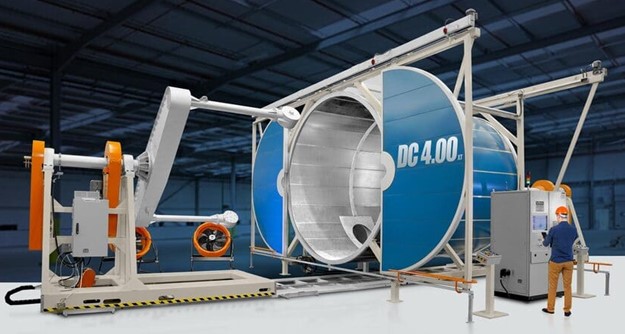Why Rotomolding Is Ideal for Complex Plastic Designs
Why Rotomolding Is Ideal for Complex Plastic Designs
Blog Article
Rotational molding, often referred to as "rotomolding," is a modern manufacturing technique that is widely used for creating hollow plastic items. Everything from playgrounds to storage containers, this process blends simplicity and sophistication, offering unparalleled design flexibility. What is the science behind what makes Rotational Molding so effective?

The Process at a Glance
The process begins with a mold filled with powdered material. The mold is then heated before being rotated simultaneously on two perpendicular axes inside an oven. The constant rotation makes sure that the plastic that is melting evenly covers the walls inside the mold. After that, the mold is cooling, which solidifies the plastic into a seamless, hollow structure.
The absence of external pressure is the most important feature of this method, which ensures that the plastic settles and spreads uniformly without stress. This is the main difference from other molding techniques like injection or blow molding.
Why is Rotational Molding Efficient?
The science behind rotational molding is founded in heat transfer and polymer behavior. When the mold is heated the powder melts and adheres to the mold while it rotates through gradual controlled, controlled rotations. This ensures an even wall thickness and reduces the possibility of weak spots.
Cooling is equally crucial role. By maintaining steady airflow and water temperature, manufacturers prevent shrinkage or warping. Not to mention make sure that the final product retains its original shape and structural quality.
According to statistics, rotational molding is able to create parts that have up to 99percent materials efficiency, thus reducing the amount of waste produced and creating an environmentally friendly option. In addition, the process provides an unbeatable versatility that allows for the creation of complex and large designs, without sacrificing quality.
Applications That Showcase Its Potential
Rotational molding caters to numerous industries because of its flexibility. It doesn't matter if you need sturdy outdoor furniture or tough industrial container, this technology provides both function and value. The method also supports multi-layered designs. This allows manufacturers to combine different materials to enhance properties like UV resistance or thermal insulation.

The process of molding by rotation is a testimony to how materials engineering and science come together to shape our world. Because it can simplify production while maintaining high-precision it's not surprising that this technique is gaining popularity in discussions about manufacturing. Report this page